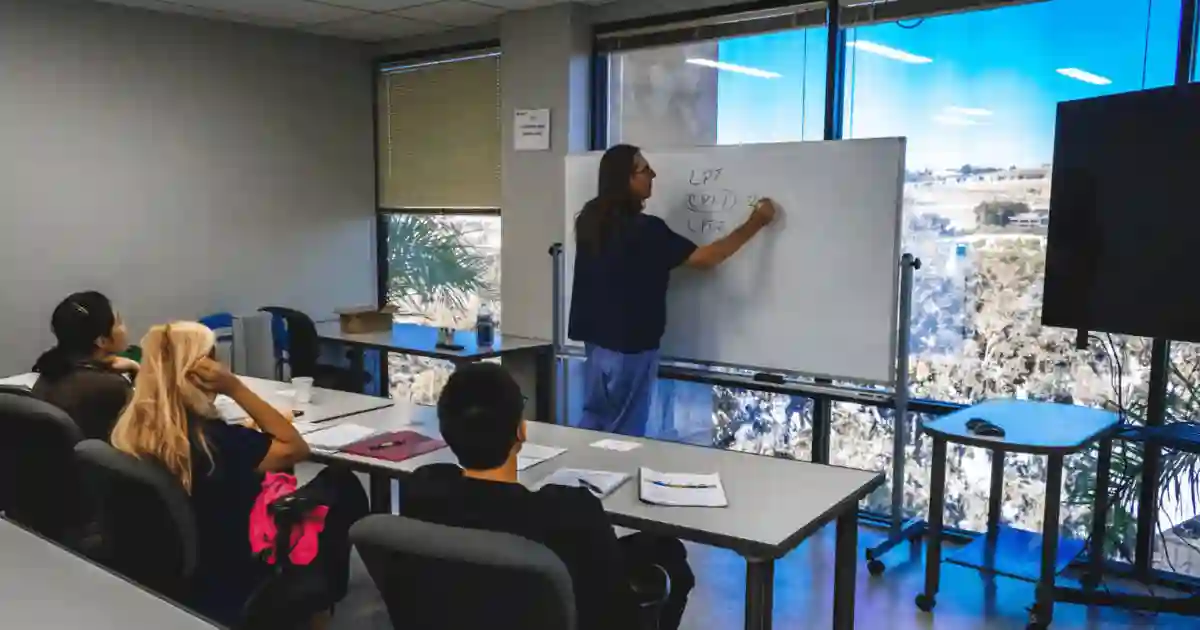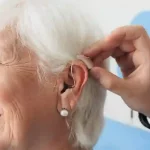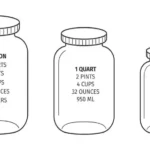Hospitals, trade or vocational schools, community colleges, and phlebotomy clinics all provide training programs. In hospitals, private healthcare facilities, labs, and blood banks, phlebotomists collaborate alongside doctors and nurses.
Phlebotomists who are “floating” or on the move collect blood at various locations, and in some cases, they go to the patient’s home. The patient might not be able to leave their home due to their condition, the need for in-home care, or other factors. Blood donation drives may visit several locations each week, and phlebotomists may travel with them. Mobile phlebotomists provide medical care to people who would not be able to get it on their own.
If you’ve ever had blood drawn in a doctor’s office or hospital, you’ve probably dealt with a phlebotomist as they were almost certainly the ones who did it.
The elderly population in America has contributed significantly to the burgeoning career of phlebotomy or being a phlebotomist. Unfortunately, as people age, their health tends to deteriorate and they require more medical attention. And nearly everything related to medicine involves phlebotomy, the art of drawing blood.
Blood samples were often drawn in the past by nurses, doctors, or laboratory personnel. But because modern medicine is so specialized, there is a growing demand for more employees, especially individuals competent to collect blood samples. In fact, there are presently courses offered specifically for phlebotomy training.
Phlebotomists who work on the road have the same responsibilities as those who work from a single healthcare facility. The phlebotomist training in Sacramento is still accountable for adhering to all safety guidelines and requirements set out by the Clinical and Laboratory Standards Institute (CLSI) and the Occupational Safety and Health Administration (OSHA) (CLSI). Blood collection needs to take place in a clean and safe environment. Each sample must have complete labeling and documentation. It is extremely important to transport collected samples safely. A phlebotomist may frequently accompany an assistant to make sure samples are correctly collected and recorded.
Phlebotomists who travel may face a variety of challenges that are not typically encountered by phlebotomists. The absence of a professional environment is typically the biggest problem with traveling. Blood samples are typically taken at blood drives in ambulances or medical vans. The phlebotomist can have constrained workspace and medical supply options. For instance, if the phlebotomist runs out of bandages, they will need to go back to their place of employment to get more. Nevertheless, working as a traveling phlebotomist is not unfavorable. Phlebotomists who are on the move can take care of more donors and patients. A great illustration of this would be blood drives at prestigious institutions.
The same qualifications are needed to become a non-stationary phlebotomist as they are to operate in a typical clinic setting. Phlebotomists who travel must complete a reputable training course, which includes finishing a course of study endorsed by the National Accrediting Agency for Clinical Laboratory Standards (NAACLS), the United States Department of Education, or comparable organizations.
Jobs in phlebotomy
Where can you get jobs in phlebotomy? Phlebotomists are widely used in hospitals, blood banks, and medical offices. Phlebotomists are now a common sight at doctor’s offices. Additionally, you might be able to find a phlebotomy employment at an urgent care facility.
The pay for phlebotomy jobs varies depending on where you live and the organization you work for. However, the average phlebotomist pay in the United States is $29,359, and the wage range for this profession is from $23,765 to $38,382.
As you can see, phlebotomists make a respectable living, especially when you consider the amount of training needed. Unlike certain medical careers, being a certified phlebotomist can take just six weeks to a semester.
But certification varies from state to state just like income does. While Colorado only permits one type of phlebotomist, California really permits three. The Association of Phlebotomy Technicians requires that you complete a minimum 6-month phlebotomy training course, while the American Society for Clinical Pathology requires that you complete 40 classroom hours, 120 hours of clinical experience, and 100 unassisted blood draws in order to earn their certification.
Numerous mobile phlebotomists hold certifications from nationally renowned organizations including the National Center for Competency Testing (NCCT), the American Phlebotomy Association, and the American Society for Clinical Pathology (ASCP) (NCCT). Many traveling phlebotomists receive additional training that helps them become accustomed to using mobile phlebotomy equipment.








